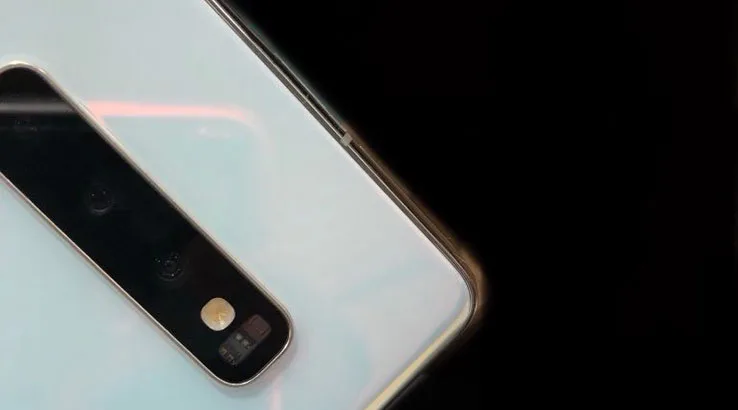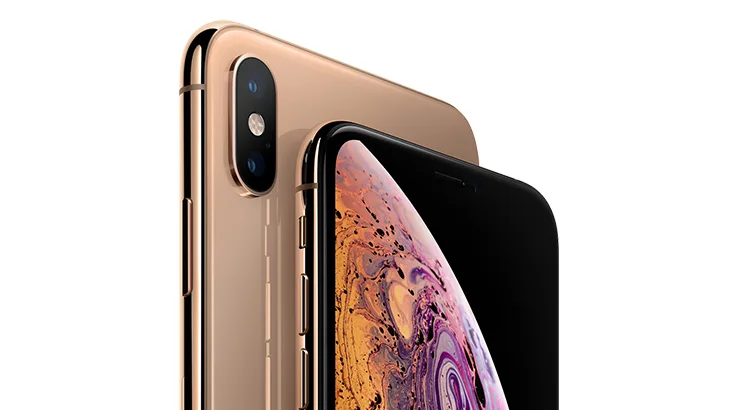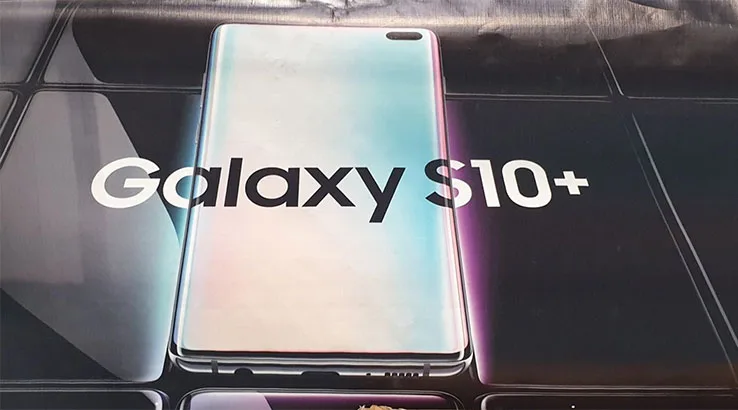Samsung Galaxy S10+ vs Apple iPhone XS Max

Should you opt for the new flagship Samsung Galaxy S10+, or the premium Apple iPhone XS Max?
Samsung Galaxy S10+ vs Apple iPhone XS Max: What to look for
Samsung's launch strategy usually comprises the smaller Galaxy S range at the start of the year, with the larger, more productivity-centric Note family following mid-to-late year. That certainly seems to be the strategy in play with the Samsung Galaxy S10, which it has just launched following months of speculations and leaks about its next flagship phone.
There's no rivalry in smartphones more bitter than that between Samsung and Apple. The Samsung Galaxy S10+ is Samsung's new "flagship" phone – at least until we see either a new Galaxy Note or the foldable "Galaxy F" phone – but how does it stack up against Apple's iPhone XS Max?
Samsung Galaxy S10+ vs Apple iPhone XS Max: Power

As expected the Samsung Galaxy S10+ comes with either the Snapdragon 855 or Exynos 9820 on board; here in Australia we'll see the Exynos 9820. While we've not had the opportunity to benchmark either processor as yet, early benchmarks suggest that it's the near-equal of the Apple A12 Bionic that powers the Apple iPhone XS Max. That's still the very top of the benchmark tree in most relevant comparisons.
Not that benchmarks are the be-all and end-all of performance, of course. Apple has an advantage here, because it can optimise considerably for a very small hardware set, where the Android operating system runs on everything from $50 budget handsets to more premium offerings like the Galaxy S10+. Samsung has done significant software work in optimising its user experience, and its OneUI platform is a lot more gentle on system resources than its older TouchWiz implementation.
However, power isn't all about the processor. The Apple iPhone XS Max comes in a variety of storage sizes, but they're absolutely fixed. What you get is all you get, whereas the Samsung Galaxy S10+ can handle microSD expansion cards if you do need a little more storage capacity.
Samsung Galaxy S10+ vs Apple iPhone XS Max: Camera

The Apple iPhone XS Max has an impressive dual lens camera at the rear, and Apple's camera software is rather specifically geared towards more novice users, with plenty of handy features on board. If you're portrait shooting, you can adjust focus after the shot is taken to get the most pleasing level of background blur.
That being said, the Samsung Galaxy S10+ is more widely competing against the Android crowd where triple cameras have fast become the norm. The combination of wide and ultra-wide lenses, along with some interesting looking slow-motion features make the Samsung Galaxy S10+ a compelling proposition, especially if you're more on the pro side of the fence and want control over your exposure settings.
Samsung Galaxy S10+ vs Apple iPhone XS Max: Battery

Apple has long had issues with battery life on its handsets, and while it can boast of the iPhone XS Max having the "largest" battery in an iPhone to date, at just 3,179mAh, it's still not "large" by premium phone standards. That's borne out in our testing, where the Apple iPhone XS Max lasted three hours less than the Samsung Galaxy Note9, the S10+'s effective predecessor, in the Geekbench 4 battery test.
The 4,000mAh battery in the Galaxy S10+ should deliver similar battery life figures, and that equates to a phone that should have significantly more battery stamina than Apple's current flagship.
Samsung Galaxy S10+ vs Apple iPhone XS Max: Pricing

There's no two ways about it. The Apple iPhone XS Max is a pricey phone, and that's been quite a deliberate statement on Apple's part. It wants its flagship phones to be aspirational models, and that's why the pricing on the Apple iPhone XS Max ranges from $1,799 for the 64GB model all the way up to a wallet busting $2,369 for the 512GB model.
Comparatively, the Samsung Galaxy S10+ stands at $1,499 for the 128GB model and $1,849 for the 512GB mode. That's significantly cheaper than Apple's handsets, making the S10+ the more-attractive choice for budget-conscious smartphone buyers.

Buy the Samsung Galaxy S10+ 128GB from Amazon
The Samsung Galaxy S10+ packs a massive 6.4-inch screen with support for HDR10+ and an ultrasonic fingerprint sensor concealed beneath the display. Grab yours now from Amazon Australia.
View detailsYou could, of course, opt for either phone on contract through Telstra, Vodafone or Optus, although again the price you pay is heavily dependent on the ultimate price of the phone itself.
This is what telcos are charging for the Samsung Galaxy S10+ on contract:
And this is what you'll pay for an Apple iPhone XS Max on contract:

